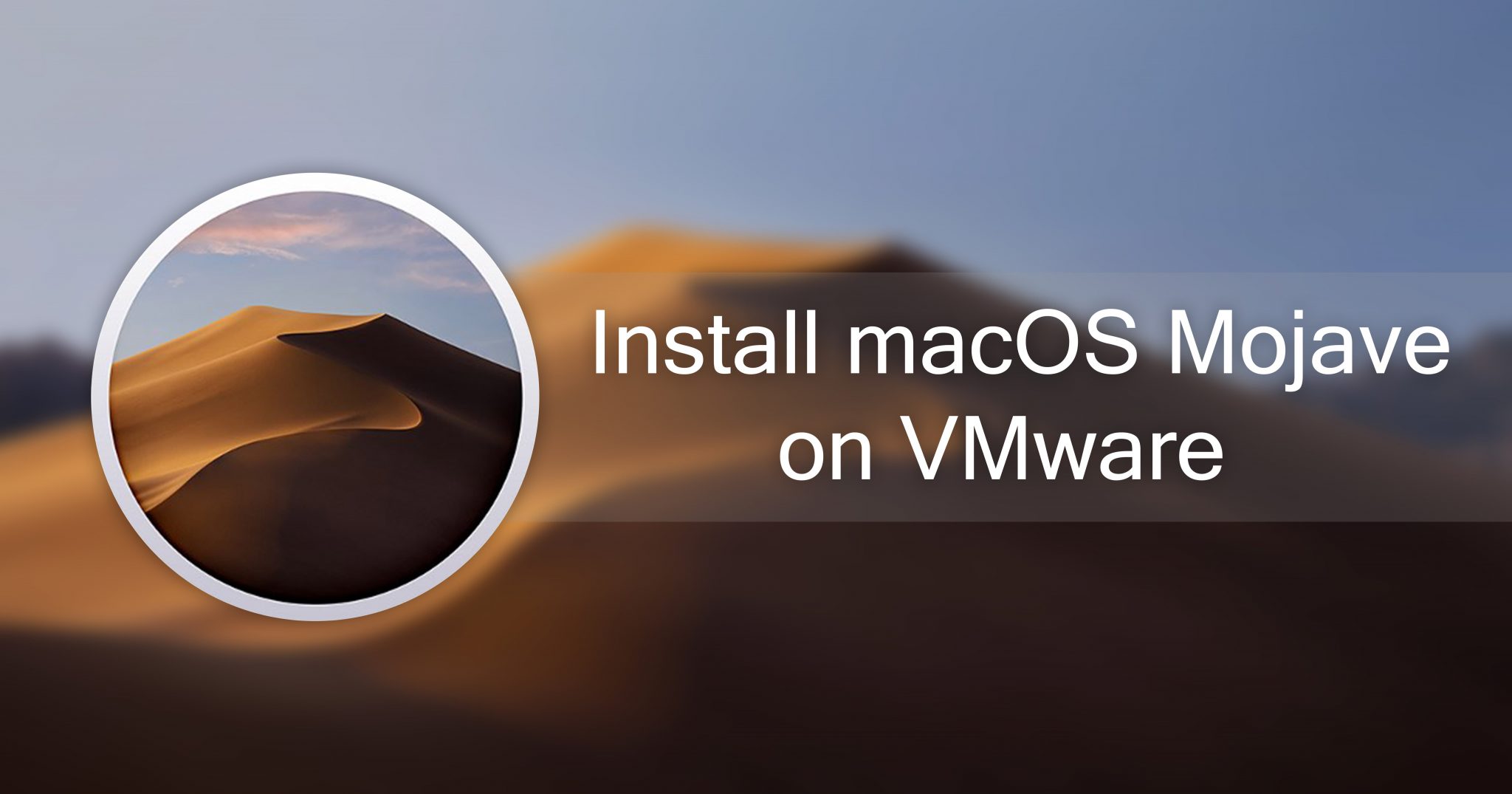

Select “ Disk Utility” in the next screen.įormat the disk you had created for installing macOS base system. The installer will start in a few seconds. device ide-hd,bus=sata.4,drive=SystemDisk \Ĭlick on macOS icon to install macOS Base System. drive id=SystemDisk,if=none,file=macOS.qcow2 \ Modify the basic.sh file and add below lines to the end. $ qemu-img create -f qcow2 macOS.qcow2 50Gįormatting 'macOS.qcow2', fmt=qcow2 size=53687091200 cluster_size=65536 lazy_refcounts=off refcount_bits=16 We need to create an empty hard disk for macOS system using qemu-img.

1 jkmutai jkmutai 946 Mar 20 17:10 virtio.sh Step 3: Start machine and install macOS 4 jkmutai jkmutai 4.0K Mar 20 17:10 tools 1 jkmutai jkmutai 3.0K Mar 20 17:10 README.mdĭrwx. 1 jkmutai jkmutai 732 Mar 20 17:10 make.sh 1 jkmutai jkmutai 874 Mar 20 17:10 jumpstart.sh 1 jkmutai jkmutai 1.5K Mar 20 17:10 headless.sh 2 jkmutai jkmutai 4.0K Mar 20 17:10 firmware 1 jkmutai jkmutai 13M Mar 20 17:10 ESP.qcow2ĭrwx. 1 jkmutai jkmutai 1.1K Mar 20 17:10 basic.shĭrwx. 1 jkmutai jkmutai 2.0G Mar 20 17:15 BaseSystem.img The directory will contents like this: $ ls -l var/home/jkmutai/Downloads/macos/macOS-Simple-KVM/tools/FetchMacOS/BaseSystem/BaseSystem.dmg -> /var/home/jkmutai/Downloads/macos/macOS-Simple-KVM/BaseSystem.imgĪrchive successfully decompressed as /var/home/jkmutai/Downloads/macos/macOS-Simple-KVM/BaseSystem.img The default installation uses Catalina, but you can choose which version to get by adding either –high-sierra, –mojave, or –catalina.ĭmg2img v1.6.7 (c) vu1tur ( ) Run the installer script to download installation media for macOS (internet required)./jumpstart.sh -catalina git clone Ĭhange to the downloaded directory. Sudo systemctl start rvice Step 2: Download installation media for macOS Once the installation is done, start and enable libvirtd service to start at boot: sudo systemctl enable rvice I recommend you configure virt-manager as a non-root user so you can use it for other purposes without sudo.Īrch Linux / Manjaro: sudo pacman -S qemu virt-manager virt-viewer dnsmasq vde2 bridge-utils openbsd-netcat python python-pip ebtables iptables $ echo vhost_net | sudo tee-a /etc/modulesįedora Linux: sudo dnf -y install git bridge-utils libvirt virt-install qemu-kvm qemu qemu-img python3 python3-pip virt-managerĪfter installation, verify that Kernel modules are loaded $ lsmod | grep kvm Sudo apt -y install qemu-kvm libvirt-daemon qemu-system qemu-utils python3 python3-pip bridge-utils virtinst libvirt-daemon-system virt-managerĮnsure the vhost_net module is loaded and enabled.


Ubuntu / Debian based Linux: sudo apt update


 0 kommentar(er)
0 kommentar(er)
